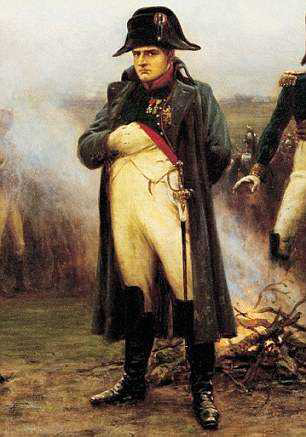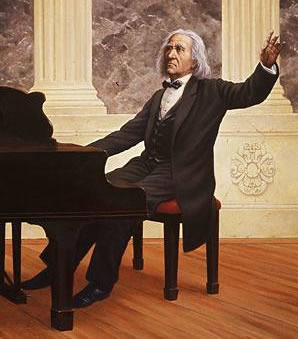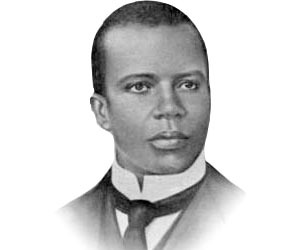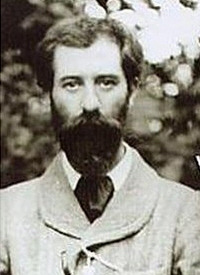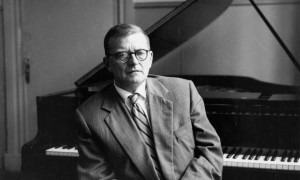
Dmitry Shostakovich
Credit: https://media.guim.co.uk/
Pauer’s key characteristics for E flat minor is that it is “the darkest, most somber key of all. It is but rarely used.”
The few places where it appears in Classical music include the introduction to the last movement of Beethoven’s Septet, Op. 20. We can hear immediately the somber mood that Pauer remarked on. Once the Presto begins, however, we’re back in the home key of E flat major (key of courage and determination, according to Pauer) and the feeling changes immediately.
Beethoven: Septet in E-Flat Major, Op. 20: VI. Andante con moto alla marcia – Presto (Vienna Octet)
It is in Russian music that we find the use of E flat minor. Rachmaninoff’s Morceaux de fantasie, Op. 3, written as a set of solo piano pieces in 1892, has the first piece as an Elegie in E flat minor. It carries the darkness the Pauer noted.
Rachmaninoff Morceaux de fantasie, Op. 3, No. 1, Elegie in E flat minor (Stephane De May, piano)
Sergey Prokofiev’s Sixth Symphony was written in 1947 as an elegy for the tragedies of World War II. This movement switches between E flat minor and E flat major – celebrating a great victory but with knowledge of the damage that affects everyone.
Prokofiev: Symphony No. 6 in E-Flat Minor, Op. 111: I. Allegro moderato (Scottish National Orchestra, Neeme Järvi, cond.)
One more Russian who used E flat minor to great effect was Dmitry Shostakovich. His String Quartet No. 15 in E flat minor opens with a first movement Elegy. This movement was designed by Shostakovich to be an utter point of stillness, and he told the Beethoven Quartet that the movement should be played “so that flies drop dead in mid-air, and the audience start leaving the hall from sheer boredom.” Most of Shostakovich’s late works (this quartet dates from 1974) are said to be “introspective meditations on mortality” and this work leaves us in a dark, somber place.
Shostakovich: String Quartet No. 15 in E-Flat Minor, Op. 144: I. Elegy: Adagio (Juilliard String Quartet)
What pieces do you think should be added here? Keep in mind that the piece should date from before 1876, when Pauer’s book was published. Another guideline might be to note the relatively small list of composers he gave as examples: Haydn, Mozart, Beethoven, Mendelssohn, Schubert Rossini, Weber, and Spohr – all stalwarts of German classicism / romanticism.

